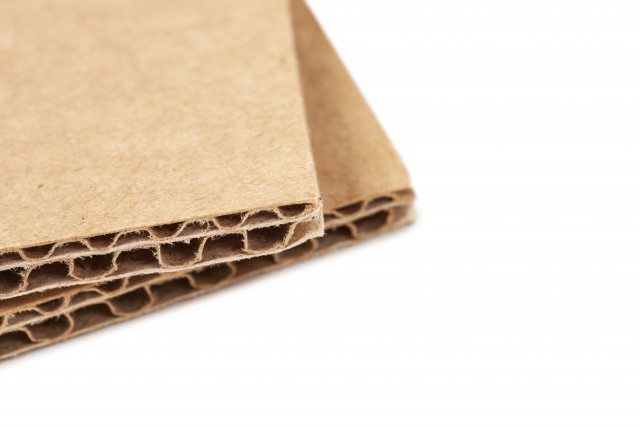Study shows using paperboard instead of plastic can reduce a packaging’s climate impact by 99%.
For people who influence the choice of packaging material, this single choice can make the biggest climate impact during a product manager or designer’s entire professional career, according to study findings by IVL Swedish Environmental Research Institute for Iggesund Paperboard.
The starting point was to study some of the commonest packaging types and compare the differences in climate impact depending on the choice of packaging material.
“There are tables giving carbon dioxide emissions per kilo of material, but when you compare real examples of packaging, you realise the great importance of the choice of material,” says Johan Granås, sustainability director at Iggesund Paperboard.
“Plastic is a fantastic material for many applications and we use it ourselves when producing paperboard for food packaging that needs a thin plastic barrier to protect its contents.”
“But we believe that decision makers in the packaging industry must know about the effects of their choice of material.”
Packaging light bulbs in plastic or paperboard is the most extreme example in the survey.
By switching from plastic to paperboard, it is possible to reduce the climate impact of the packaging by 99%.
In the example that was most favorable for plastic, a paperboard carton containing 500 g of pasta was compared with the corresponding amount of pasta packed in a thin plastic bag.
The conclusion was that the plastic bag has a 3.25 times larger climate impact than the paperboard carton.
This is despite the fact that the bag only weighs one-sixth as much as the carton and has significantly worse protective and stacking properties.
“There are masses of packaging that cannot be made in anything other than plastic today,” says Granås.
“But there are also packaging that are made of plastic where it is easy to switch material without losing function at all – and it is logical to start there if we want to reduce packaging’s climate impact.”
For the paperboard packaging used in the study, climate data for Iggesund’s paperboard Invercote was used.
For the plastic materials, IVL drew on data from the databases used for doing lifecycle analyses.
None of the paperboard packaging used in the study is made of material from Iggesund Paperboard.
“This is a study that shows the climate impact of different types of packaging,” says Granås.
“The mandate to IVL was to be general. Neither they nor we know the climate data for each individual packaging.”
“However, based on the recognized environmental databases, this definitely indicates the great importance of the choice of material.”










